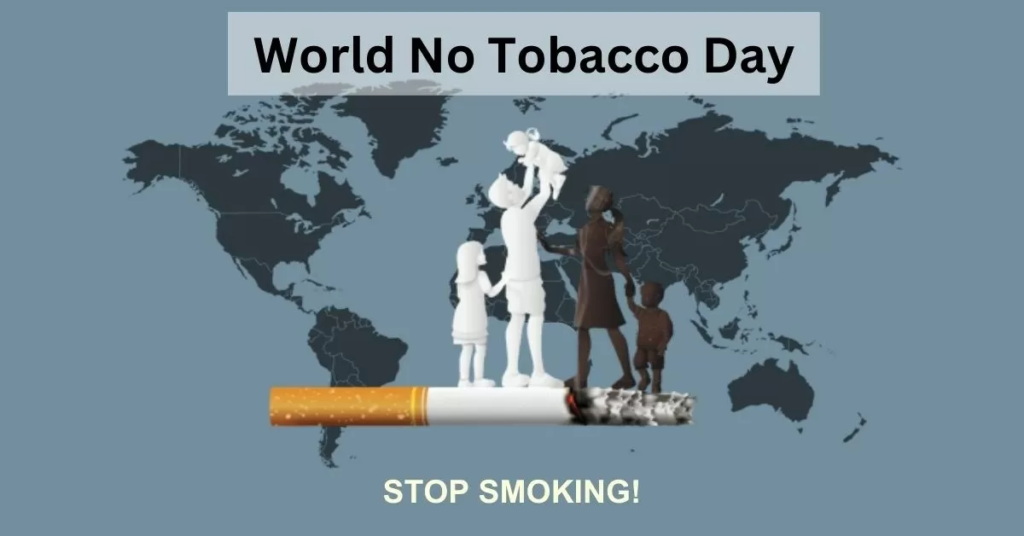
Table of Contents
- Introduction: The First Step is the Hardest
- Why Quitting Smoking is the Best Decision You’ll Ever Make
- Understanding the Science of Nicotine Addiction
- The Withdrawal Wall: What to Expect and How to Survive It
- Expert-Approved Tips to Quit Smoking for Good
- Tools, Apps, and Resources to Help You Stay on Track
- The Power of Support Systems: You’re Not Alone
- Inspiring Stories of Real People Who Quit
- When You Relapse: How to Regain Control Without Shame
- Life After the Last Cigarette: The Beautiful Rewards
- Final Thoughts: Your Future is Smoke-Free
1. Introduction: The First Step is the Hardest
Quitting smoking is not just about tossing out the pack. It’s about reclaiming your breath, your time, your health, and your future. It’s a journey lined with resistance, but also one filled with renewal, pride, and power. You’re not alone—and you’re stronger than you think.
2. Why Quitting Smoking is the Best Decision You’ll Ever Make
Smoking doesn’t just harm lungs. It cripples energy, drains finances, and cuts life short. But the moment you quit, your body starts healing.
- After 20 minutes, heart rate drops
- After 24 hours, carbon monoxide is gone from your blood
- After 1 year, your heart disease risk is halved
- After 5 years, stroke risk is the same as a non-smoker
- After 10 years, lung cancer risk drops dramatically
3. Understanding the Science of Nicotine Addiction
Nicotine hijacks your brain. It increases dopamine, giving a brief “high.” But it’s temporary—and the crash that follows builds dependency.
Understanding the biological and psychological hold of smoking is essential:
- It becomes part of routines: after meals, during stress, or socially
- It wires the brain to crave reward and relief
- It often masks deeper emotional needs
Knowledge is power. The more you know about how addiction works, the better equipped you are to break it.
4. The Withdrawal Wall: What to Expect and How to Survive It
Yes, there will be a withdrawal wall. But it’s not forever.
Common symptoms include:
- Irritability and mood swings
- Headaches
- Intense cravings
- Fatigue or insomnia
- Anxiety or depression
Survival tips:
- Stay hydrated
- Distract with movement—walks, stretching, cleaning
- Practice breathing exercises
- Keep a “why I quit” list handy
Remember: every minute you resist, your body is healing.
5. Expert-Approved Tips to Quit Smoking for Good
1. Set a Quit Date
Choose a meaningful day and stick to it.
2. Use Nicotine Replacement Therapies (NRT)
Patches, gums, lozenges, and inhalers can reduce cravings.
3. Identify Your Triggers
Know what moments push you to smoke and plan alternatives.
4. Build a Distraction Toolkit
Chewing gum, journaling, calling a friend, drinking water—have options.
5. Don’t Go It Alone
Accountability boosts success rates dramatically.
6. Tools, Apps, and Resources to Help You Stay on Track
- QuitNow! – Tracks milestones and gives community support
- Smoke Free – Uses behavioral science to beat cravings
- NCI Quitline (1-800-QUIT-NOW) – Free expert counseling
- Freedom From Smoking – A comprehensive quit program by the American Lung Association
These tools offer support 24/7, especially when you feel like giving up.
7. The Power of Support Systems: You’re Not Alone
Your success multiplies when you share the journey.
- Join a support group (online or local)
- Tell friends and family about your plan
- Find a “quit buddy”
- Celebrate milestones together
Connection heals. Let others lift you on your low days.
8. Inspiring Stories of Real People Who Quit
Sanjay, 35, India
“I smoked for 12 years. On my daughter’s third birthday, I promised to be there for her graduation. That promise changed my life.”
Lydia, 52, UK
“After two heart scares, I quit cold turkey. The first week was hell. Now I run 5Ks on weekends.”
Marcus, 27, USA
“I failed four times. The fifth time, I journaled my cravings and learned my emotional triggers. I’m one year smoke-free now.”
Their stories are proof that willpower, planning, and purpose can overcome addiction.
9. When You Relapse: How to Regain Control Without Shame
Relapse isn’t failure—it’s feedback.
Ask yourself:
- What triggered the relapse?
- What can I change?
- Who can I talk to?
Then reset your quit date, and try again. Progress isn’t linear. What matters is that you keep going.
10. Life After the Last Cigarette: The Beautiful Rewards
Here’s what’s waiting for you:
- Clearer skin and whiter teeth
- Improved stamina and better sleep
- Food tastes better
- You smell fresher
- More money in your wallet
- Freedom. Real freedom.
This is not just quitting smoking. It’s starting to live fully again.
11. Final Thoughts: Your Future is Smoke-Free
There’s no perfect way to quit. But there is a perfect moment to start: now.
Every cigarette you don’t smoke is a win. Every craving you resist is strength. And every step you take is a step toward a life that is fuller, freer, and longer.
You’re not just quitting a habit—you’re rewriting your future.

